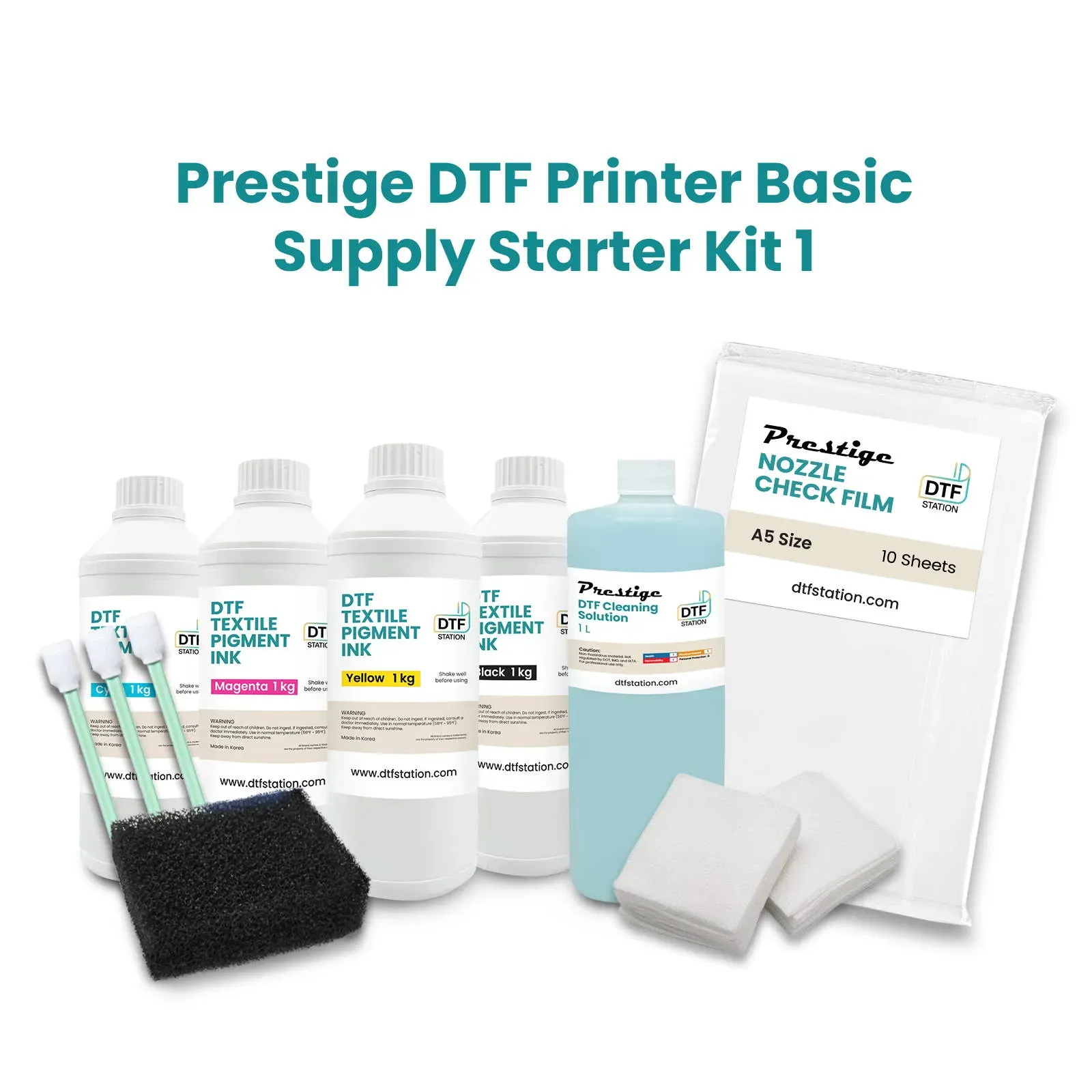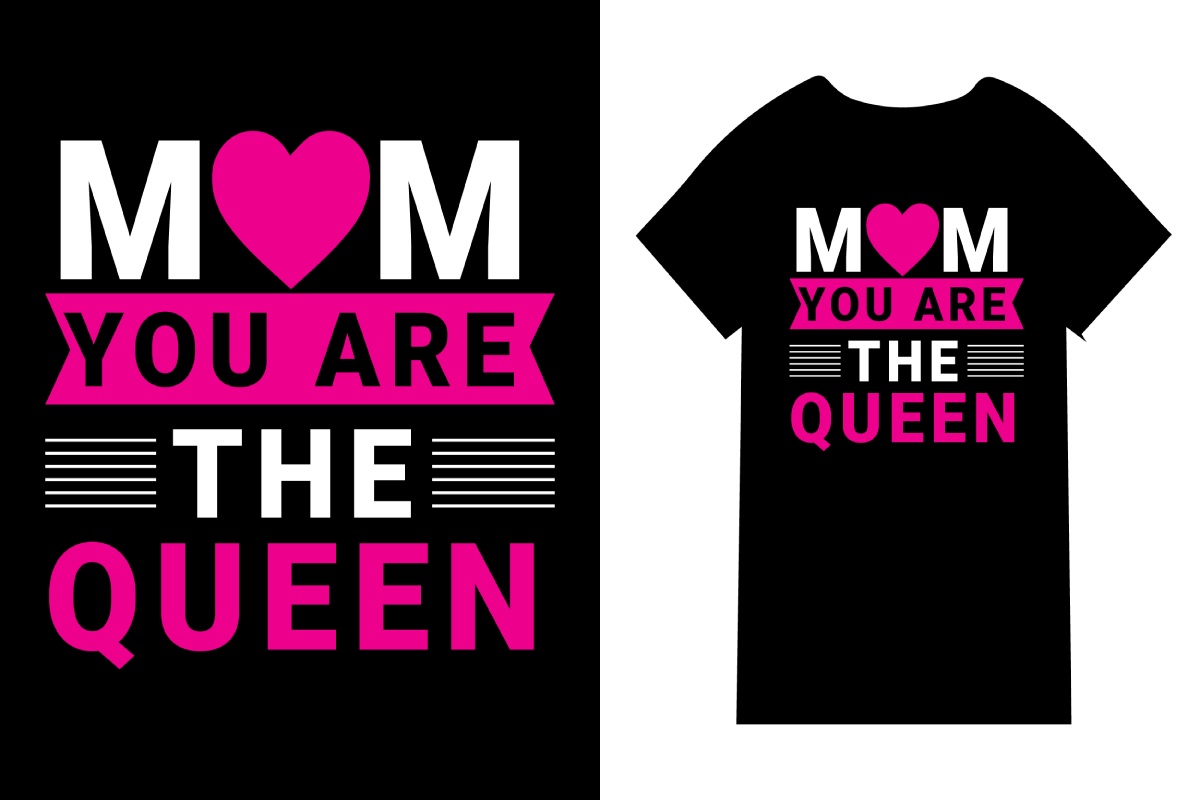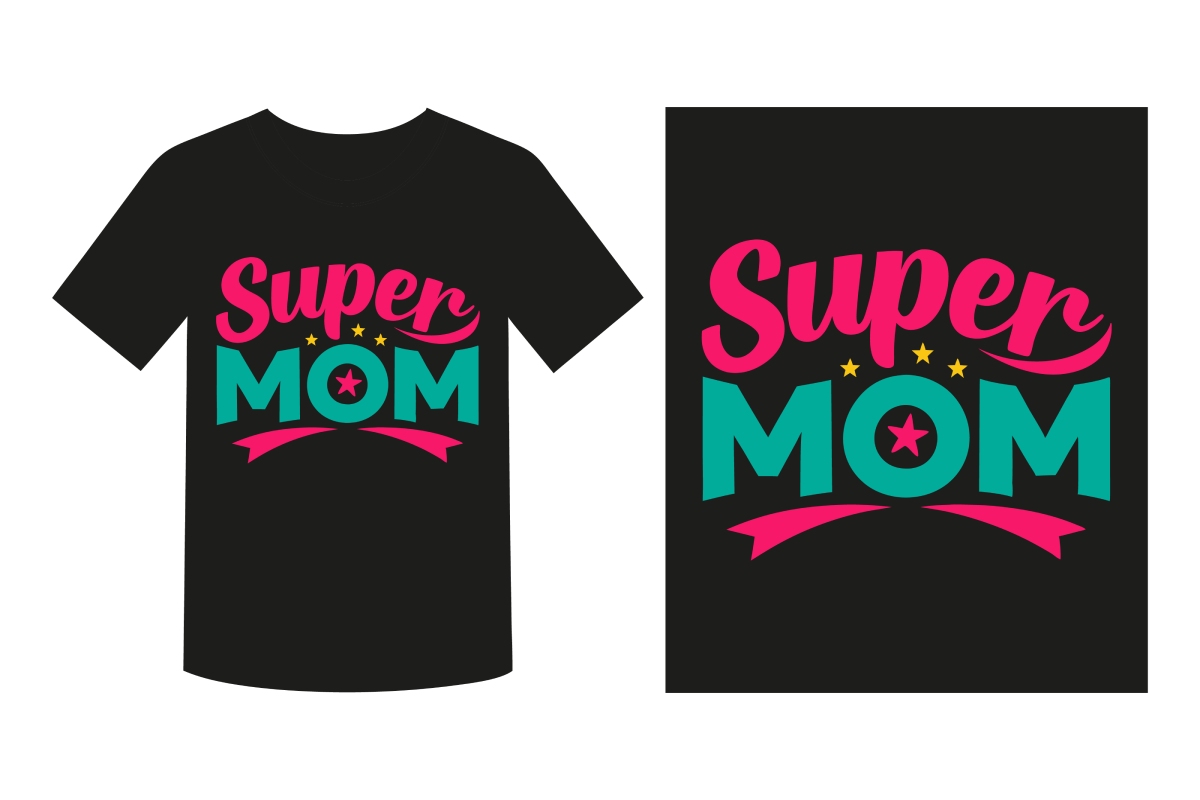DTF supplies are essential for anyone looking to dive into the exciting world of Direct-to-Film printing, a technique that has transformed garment printing with its efficiency and high-quality output. By incorporating a specialized DTF printer, users can achieve vibrant colors and intricate designs that stand out on various fabrics. Alongside the printer, adhesive powder and transfer film are crucial elements that ensure the longevity and clarity of the prints, bonding seamlessly to the garment’s fabric. Moreover, utilizing appropriate curing equipment will enhance the durability of your prints, allowing them to withstand regular washing without fading. In this guide, we will explore these vital DTF supplies and how they work together to bring your creative visions to life in custom apparel.
When discussing Direct-to-Film technologies, it’s important to understand the fundamental elements that make up the process of film transfers in textile production. Essential items such as the specialized printer crafted for DTF applications, the unique powdered adhesive that binds designs to fabrics, and the film used for the actual transfer are all components worth exploring. The curing apparatus is another critical tool, ensuring that the transferred prints adhere properly and function effectively over time. By exploring this innovative printing method, business owners and entrepreneurs can harness the power of high-quality materials to create stunning garment designs.
Understanding DTF Printing Supplies
To effectively engage in DTF printing, it is paramount to understand the various supplies that contribute to the overall process. At the heart of this operation lies the **DTF printer**, which ensures high-quality prints through specialized water-based inks. Popular models from manufacturers like Epson are widely used for their ability to produce vibrant and sharp designs on various materials. When selecting a DTF printer, it’s essential to consider not only its printing capabilities but also the speed and maintenance requirements that come with it.
Additionally, accompanying the printer, the choice of **transfer film** is crucial. High-quality PET film, which is specifically coated to bond well with DTF inks, can make a significant difference in the print transfer process. A subpar film may lead to poor adhesion and lackluster results, diminishing the quality of your prints. Thus, investing in the right supplies, including a reliable printer and suitable transfer film, is a foundational step in ensuring the success of your DTF printing endeavors.
The Role of Adhesive Powder in DTF Printing
One of the lesser-discussed yet essential components of DTF printing is the **adhesive powder**. Acting as the catalyst that bonds the printed design to the garment, the adhesive powder plays a key role in the longevity and durability of the print. Choosing the right quality adhesive powder is crucial; it’s recommended to conduct tests on different fabric types to ascertain compatibility and adhesion strength. The right adhesive ensures that your prints withstand multiple washes and resist peeling or fading.
Moreover, different types of adhesive powders may come with specific properties such as flexibility or thickness. Understanding these nuances can aid in selecting the best adhesive for your particular application, especially when dealing with intricate designs or soft fabrics. A thorough knowledge of adhesive powder will empower you to make better choices for different projects, enhancing overall print quality.
Curing Equipment: A Vital Element in DTF Printing
Once the transfer has been made, the next critical step is the curing process, which captures the essence of quality in DTF printing. **Curing equipment** like heat presses or conveyor dryers serve to secure the ink and adhesive in place, laying the groundwork for durable prints. The curing temperature and duration can vary depending on the type of adhesive used, which is why it’s essential to follow manufacturer instructions carefully to achieve optimal results.
Failing to properly cure your prints may lead to issues such as cracking or incomplete transfers. Therefore, investing in reliable curing equipment is just as important as acquiring the right printer or film. Furthermore, understanding how various fabrics respond to curing can enhance your garment printing capabilities, making this a pivotal area of focus for anyone serious about DTF printing.
Choosing the Right Design Software for DTF Printing
Creating stunning designs for DTF prints is significantly aided by the right **design software**. Industry-standard programs such as Adobe Illustrator or CorelDRAW allow users to craft intricate graphics that are optimized for the printing process. Additionally, utilizing RIP (Raster Image Processor) software specifically designed for DTF can further streamline the process by improving color accuracy and print settings.
Effective software can help in manipulating colors, layering designs, and ensuring that the final artwork translates seamlessly onto fabric. It’s essential to familiarize yourself with the software that guides your design choices, as the right tools will not only improve the aesthetic appeal of your garments but also their marketability. Solidifying your design skills through software proficiency is crucial in the increasingly competitive realm of DTF garment printing.
The Impact of Garment Selection in DTF Printing
Selecting the right **garments** for DTF printing directly impacts the quality and vibrancy of the final print. While DTF technology enables printing on a variety of fabrics, cotton blends are often recommended for optimal results due to their ability to hold ink well. Understanding the properties of the fabrics you intend to print on is key to ensuring that your designs not only look good but also deliver on durability.
For certain materials, pre-treatment might be necessary to enhance the adhesion of the ink and ensure that colors remain vibrant after multiple washes. Gaining knowledge in fabric selection is paramount for anyone looking to create unique custom apparel that meets consumer expectations. Therefore, crafting a robust understanding of fabric characteristics will significantly benefit your DTF printing approach.
Staying Current with DTF Printing Trends
The world of DTF printing is evolving rapidly, and staying informed about the latest **trends** can provide a competitive edge. A growing focus on sustainability is influencing consumer choices, prompting many businesses to seek eco-friendly inks and materials. By aligning your DTF printing practices with these emerging trends, you can enhance your brand reputation while appealing to environmentally-conscious clients.
Moreover, the rising popularity of DTF printing as a viable business venture is expanding its reach. As more entrepreneurs recognize the lower startup costs associated with DTF compared to traditional methods like screen printing, the market is projected to grow significantly. Engaging with current trends allows you to tailor your offerings in a way that meets the demands of the evolving consumer base, maximizing your business potential.
Frequently Asked Questions
What are the essential DTF supplies needed for garment printing?
To start DTF garment printing, you’ll need several essential DTF supplies: a DTF printer for vibrant ink application, transfer film to facilitate the design transfer, high-quality adhesive powder to bond ink to fabric, curing equipment like a heat press for effective finishing, and suitable garments for printing.
How does a DTF printer differ from traditional printers?
A DTF printer is specifically designed for Direct-to-Film printing, utilizing water-based inks that perfectly suit film transfers. Unlike traditional printers, DTF printers produce high-quality prints that adhere to transfer films for smooth garment application. This functionality makes them essential DTF supplies for any printing setup.
What is the purpose of adhesive powder in DTF printing?
The adhesive powder is a crucial DTF supply that helps bond the printed ink from the transfer film to the garment’s fabric. Choosing a high-quality adhesive powder is important for ensuring durability and texture in your prints, especially after washing and wear.
Why is transfer film important in the DTF printing process?
Transfer film is vital in DTF printing as it provides the surface on which designs are printed before being applied to garments. High-quality PET transfer film ensures proper ink adhesion and helps achieve vibrant, detailed designs on various fabrics, making it a key component of your DTF supplies.
What role does curing equipment play in DTF garment printing?
Curing equipment, such as heat presses or conveyor dryers, is essential in DTF printing for setting the ink and adhesive. Proper curing locks in the design, ensuring durability and longevity of the print, thereby enhancing the final product’s quality—an important aspect of DTF supplies.
Are there specific garments that work best with DTF printing?
DTF printing is versatile and can be applied to various fabrics, but cotton blends are typically recommended for the best results. Selecting the right garments is crucial for the overall effectiveness of your DTF supplies, as pre-treatments may be beneficial for certain materials to improve ink adhesion.
| DTF Supplies | Description |
|---|---|
| DTF Printer | The cornerstone of DTF printing, using water-based inks for vibrant prints. |
| Transfer Film | High-quality PET film that bonds well with DTF inks for smooth transfers. |
| Adhesive Powder | Essential for adhering printed ink to fabric, affecting durability and feel. |
| Curing Equipment | Heat press or conveyor dryer required for locking inks and adhesives. |
| Design Software | Programs like Adobe Illustrator optimize graphics for printing. |
| Garments | Choosing suitable fabrics, typically cotton blends, for the best results. |
Summary
DTF supplies are fundamental for anyone looking to venture into the world of Direct-to-Film printing. This innovative method of garment printing relies heavily on high-quality materials including specialized printers, transfer films, adhesive powders, and curing equipment. Understanding each component’s role is crucial for achieving stunning and durable prints. As you embark on this journey, remember to prioritize quality over cost-effectiveness, stay informed about market trends, and leverage community support. By equipping yourself with the essential DTF supplies and knowledge, you can create beautiful custom apparel that resonates with your customers.



